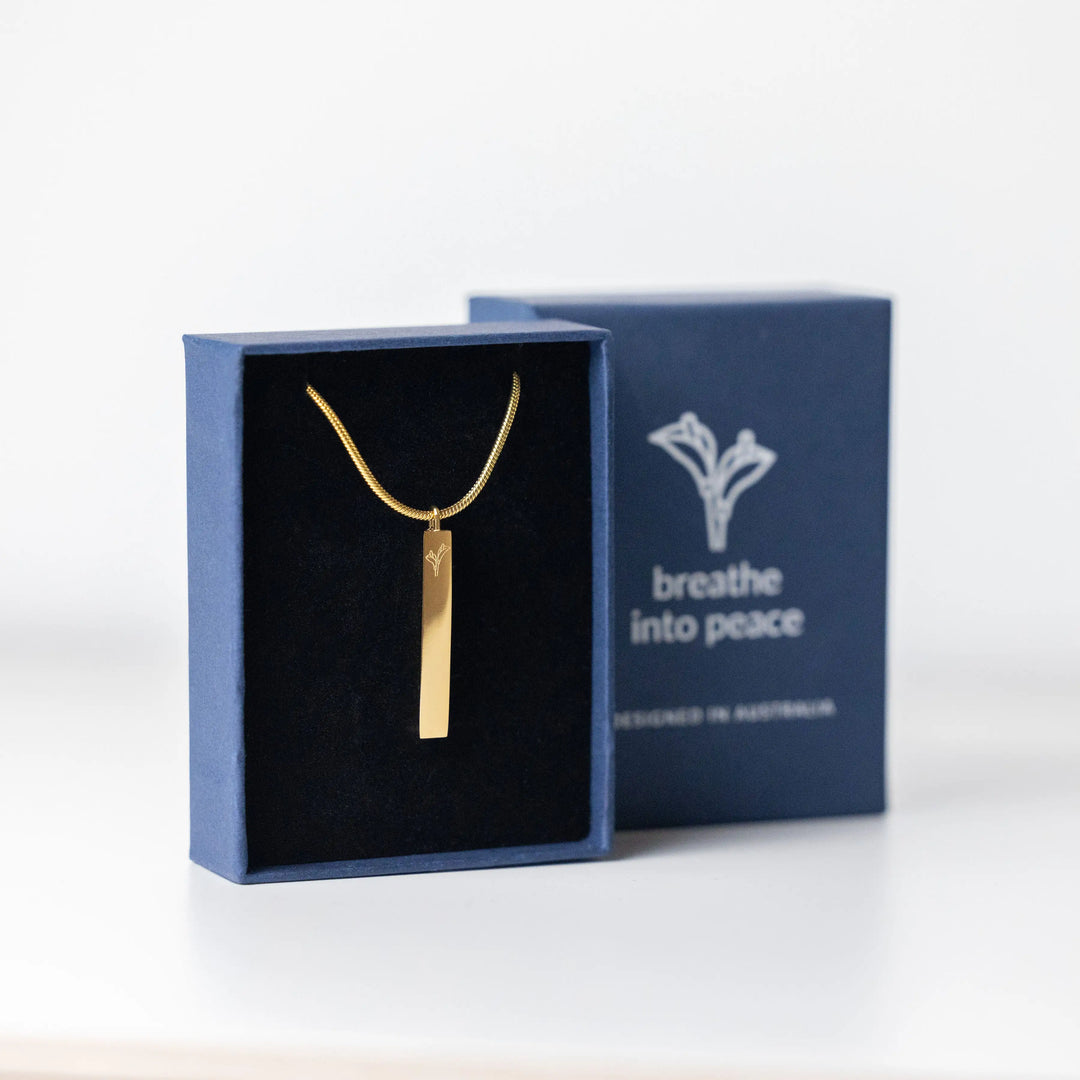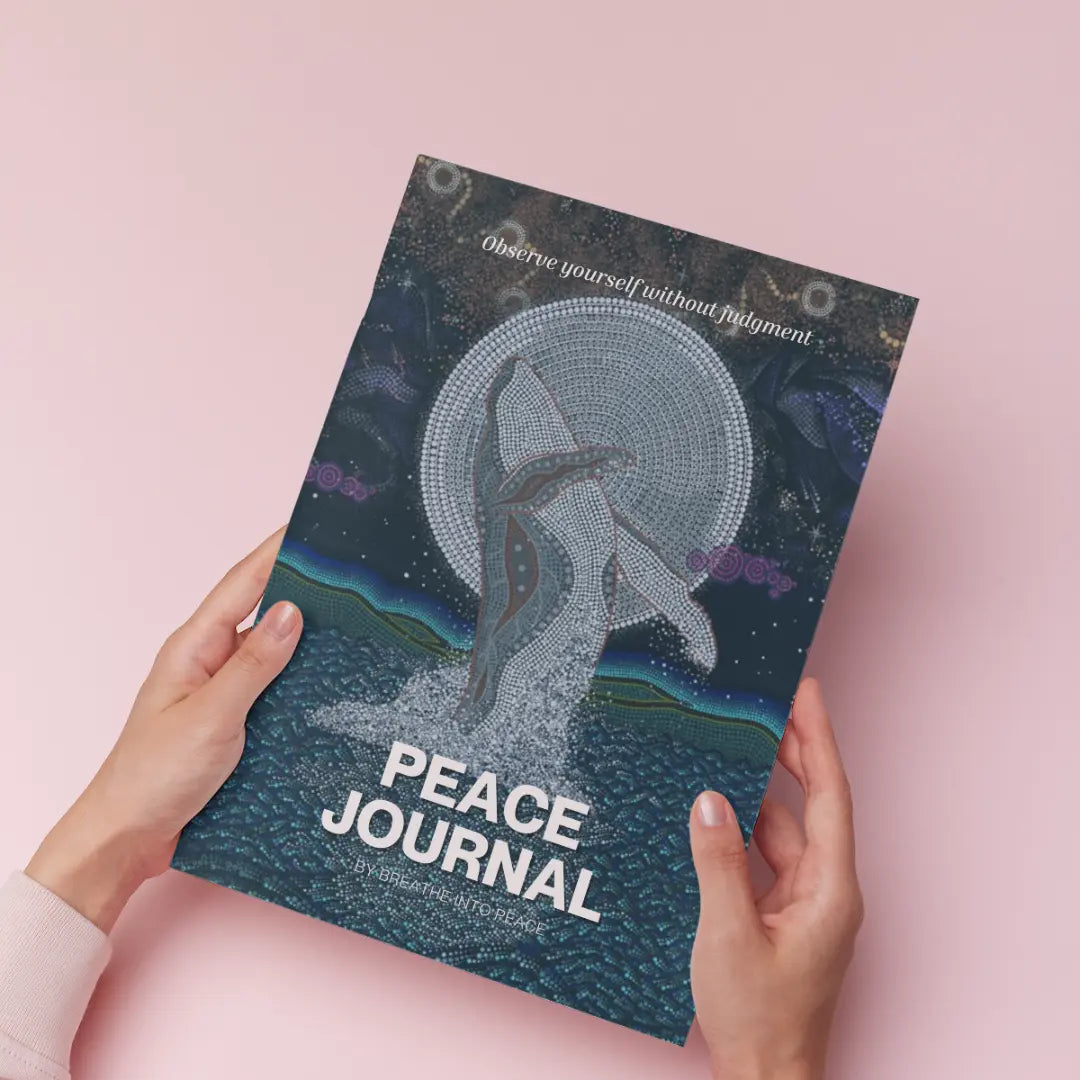Evidence-based Breathing for Axiety
Anxiety disorders are among the most common mental health conditions globally, affecting millions of individuals. While there are various treatment approaches, evidence-based breathing techniques have gained attention for their effectiveness in managing anxiety symptoms. These techniques, rooted in scientific research, offer individuals simple yet powerful tools to regulate their nervous system and promote a sense of calmness and relaxation. In this article, we delve into the science behind evidence-based breathing techniques and explore how they can be effectively utilized to alleviate anxiety.
Understanding Anxiety and its Impact:
Anxiety is a natural response to stress, but when it becomes chronic or excessive, it can significantly impair daily functioning and overall well-being. Symptoms of anxiety disorders vary widely but often include feelings of unease, excessive worry, irritability, muscle tension, and difficulty concentrating. These symptoms can interfere with various aspects of life, from work and relationships to physical health.
The Role of Breathing in Anxiety Management:
Breathing is a fundamental physiological process, intricately linked to the autonomic nervous system, which regulates involuntary bodily functions such as heart rate, digestion, and stress response. Research suggests that breathing patterns directly influence the autonomic nervous system, with specific techniques capable of eliciting either a stress response (sympathetic activation) or relaxation response (parasympathetic activation).
Evidence-Based Breathing Techniques:
- Diaphragmatic Breathing (or Belly Breathing):
One of the most well-established breathing techniques for anxiety is diaphragmatic breathing. This technique involves deep, slow breaths that engage the diaphragm, resulting in the expansion of the abdomen rather than shallow chest breathing. Diaphragmatic breathing has been shown to activate the parasympathetic nervous system, promoting relaxation and reducing anxiety symptoms.
- Box Breathing (or Square Breathing):
Box breathing is a structured breathing technique that involves inhaling, holding the breath, exhaling, and holding the breath again, each for equal counts of time (usually four seconds). This rhythmic pattern helps regulate breathing and can induce a sense of calmness by synchronizing breath with movement.
- Progressive Muscle Relaxation (PMR) with Breathing:
Progressive muscle relaxation combines deep breathing with systematic muscle tensing and releasing. By alternating between tensing and relaxing different muscle groups while maintaining slow, deep breaths, individuals can alleviate physical tension and promote overall relaxation, thereby reducing anxiety.
- 4-7-8 Breathing Technique:
Popularized by Dr. Andrew Weil, the 4-7-8 breathing technique involves inhaling for a count of four, holding the breath for a count of seven, and exhaling for a count of eight. This technique is believed to calm the nervous system and induce a state of relaxation by extending the exhale, which stimulates the parasympathetic nervous system.
- Resonant Breathing:
Resonant breathing involves breathing at a specific rate that creates a resonant frequency in the body, resulting in coherence between heart rate variability and breathing patterns. Research suggests that resonant breathing at a rate of approximately 6 breaths per minute can improve emotional regulation and reduce anxiety symptoms.
Conclusion:
Incorporating evidence-based breathing techniques into daily routines can be a valuable adjunctive strategy for managing anxiety. These techniques offer individuals accessible and cost-effective tools to regulate their physiological responses to stress and promote relaxation. However, it's essential to recognize that while breathing techniques can be beneficial for many individuals, they are not a substitute for professional mental health treatment. For those struggling with severe or persistent anxiety symptoms, seeking support from a qualified healthcare provider is recommended. By harnessing the power of breath, individuals can cultivate greater resilience and well-being in the face of anxiety's challenges.
Sign up for our Breathe Into Peace Therapy to help manage anxiety: https://breatheintopeace.com/pages/private-therapy






Leave a comment